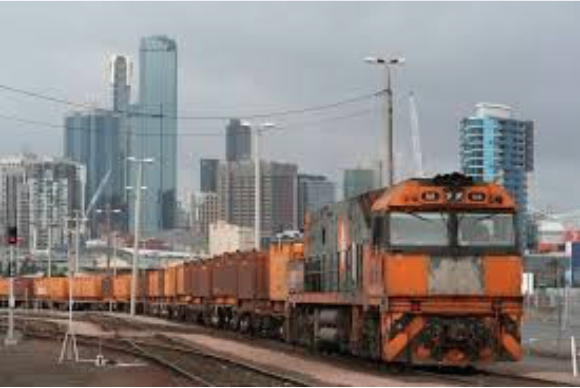Why we must build low-carbon Australian cities

What would a low carbon future for Australia’s major southern cities look like?
How could places like Melbourne and Sydney and be transformed by 2040 to achieve an 80 per cent reduction in carbon emissions and better deal with climate change and extreme weather events?
Researchers from the University of Melbourne, the University of NSW and Swinburne University have been exploring these questions as part of an ongoing project, Visions and Pathways 2040, to gauge what it might be liked to actually live in a low carbon city.
Together with 250 experts from Industry, not-for-profit and government partners, the researchers have developed four possible visions of this low carbon future:
- Clean-tech corporate living. A city of clean and efficient living where business is responsible for driving emission reductions. Carbon savings come from changing the energy production systems, increasing efficiency and a bigger service sector. Downsides might be privatisation of many urban elements people are accustomed to using, such as parks.
- Planned regulated living: A city of planned order, with substantial intervention from government across planning, and through tighter regulations. Carbon savings come from public investment in renewable energy storage, public production of biofuel, achieving more compact, interconnected cities and improving public transport. Downsides might include the constraints of conforming to government rules
- Networked entrepreneurial living: This city has less influence from corporate interests and is a more collaborative, peer-to-peer economy. This includes areas such as trading, ownership and use of things like transport, and an economy focused on local small business and freelancers working from home and public spaces. Downsides are the high level of consumption and lack of security of many people’s livelihoods.
- Community balanced living: A city of low consumption that promotes a socially and environmentally meaningful life, with a focus on liveability, face-to-face social interaction and alternative enterprises like co-operatives. Carbon savings come from less consumption. But the reduced overall economy has downsides in reduced investment in areas like public transport.
University of Melbourne Victorian Eco-Innovation Lab Director Chris Ryan said the project showed what can be worked towards and what should be avoided.
“We cannot predict the future, but we can design a future that we want, and with wide community engagement we can create pathways that could get us to that future,” Professor Ryan said.